You can absolutely commute without car. In fact, about 24% to 28% of Americans already choose a car-free way to get around. Check out how people travel:
|
Mode of Transportation |
Percentage of U.S. Commuters |
|---|---|
|
Own Car |
72% - 76% |
|
Public Transportation |
11% - 14% |
|
Biking |
9% - 10% |
|
Walking and Others |
Less common (below 3%) |
Why do people pick a car-free commute? Many want to save money, avoid parking hassles, and enjoy flexibility. Others just find it faster or more convenient to get to work without a car. If you want to live without a car, you can get around without a car, reduce carbon emissions, and help create a more sustainable world. A car-free lifestyle can also help you cut carbon and emissions, keep your routine sustainable, and lower your carbon footprint every day.
No-Car Commute Options

Walking
Walking is one of the simplest ways to commute without car. In many urban areas, you can walk to work, school, or the store. Cities like Boston, Washington, D.C., and San Francisco have high rates of people walking to work. You might notice that walking to work is less common in cities with long distances between neighborhoods, but in walkable areas, it’s a top choice.
Walking gives you more than just a way to get from point A to point B. It helps lower your risk of heart attack, improves your mood, and keeps your blood pressure in check. You’ll also see benefits like stronger muscles, better mental health, and less stress.
Pros:
-
No cost for fuel or parking
-
Good for your health and fitness
-
Helps reduce carbon emissions and noise
Cons:
-
Not practical for long distances
-
Weather can be a challenge
-
Limited to areas with safe sidewalks
Tips:
-
Use apps like Google Maps or Citymapper to plan the safest and fastest routes.
-
Wear comfortable shoes and carry a small umbrella or raincoat for bad weather.
Real-World Example:
In Boston, about 15% of people walk to work. The average commute time in big cities is around 30 minutes, so if you live close enough, walking can fit right into your daily routine.
Biking & Bike-Sharing
Biking is a popular alternative in many cities. Over the past decade, biking to work has grown by 60% in the U.S., especially in big cities. While only about 1% of workers bike to work nationwide, cities like Chicago and Minneapolis have strong biking cultures. In Europe, biking is even more common, with places like the Netherlands seeing over half the population using bikes for daily trips.
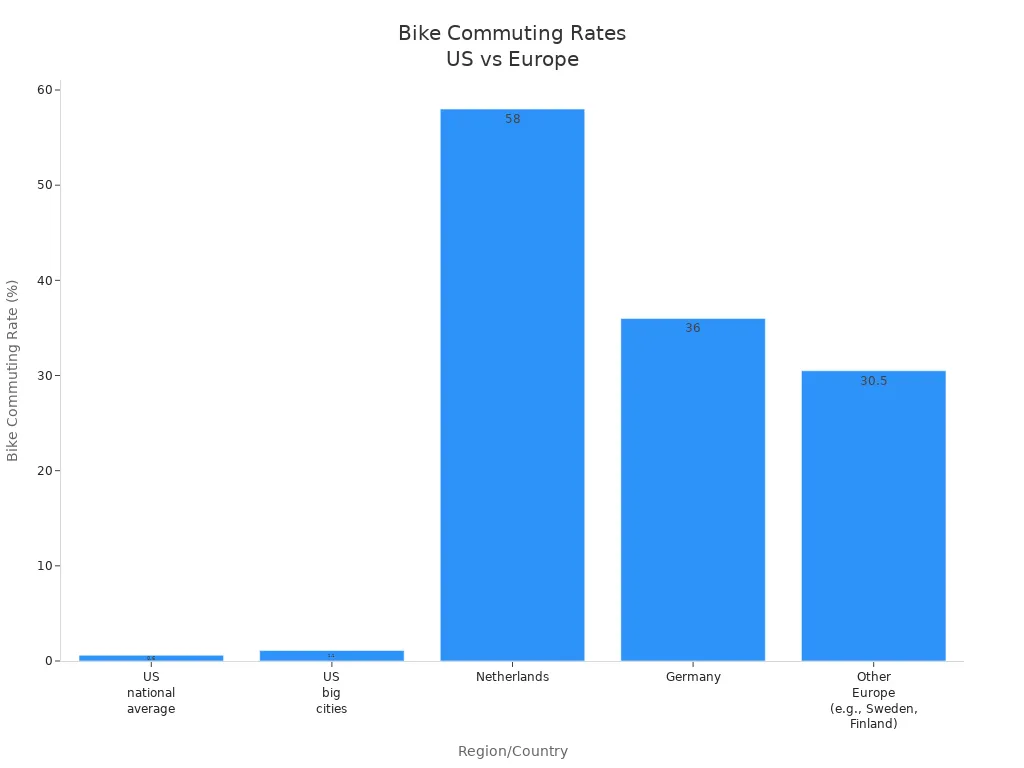
Bike-sharing programs make it easy to try biking without owning a bike. You can find programs like Divvy in Chicago, Indego in Philadelphia, and Nice Ride in Minneapolis. These systems let you rent a bike for a short trip and return it at another station.
Pros:
-
Fast for short to medium distances
-
Great exercise and helps reduce carbon
-
Bike-sharing saves money and time
Cons:
-
Weather and traffic can be issues
-
Need safe bike lanes
-
Risk of theft or damage
Tips:
-
Use apps like Lime, Citi Bike, or local bike-share apps to find bikes and plan routes.
-
Always wear a helmet and use lights at night.
Bike-sharing can save you money each day, especially when you factor in time savings and lower emissions. Many users find that the benefits add up quickly.
Public Transit
Public transportation is a key part of the no-car commute, especially in big cities. About 11.5% of workers in major U.S. metros use public transit. Cities like New York, Chicago, and Washington, D.C. have strong public transportation systems, including buses, subways, and commuter trains.
Pros:
-
Saves money compared to driving
-
Reduces traffic and carbon emissions
-
Lets you relax, read, or work during your trip
Cons:
-
Delays and crowded trains or buses
-
Limited coverage in some suburbs
-
Transfers between lines can be confusing
Tips:
-
Download apps like Transit, Moovit, or your city’s official transit app for real-time updates and trip planning.
-
Buy monthly passes to save money if you ride often.
Many people in urban areas use public transport options every day. You help reduce carbon and emissions by choosing the bus or train over a car.
Common Challenges:
-
Sometimes, you might face high fares, crowded vehicles, or delays. Accessibility can be an issue for people with disabilities. Still, public transit remains one of the best transportation alternatives for city dwellers.
E-Scooters & E-Bikes
E-scooters and e-bikes are newer alternative modes of transportation. You can find them in many cities, often parked on sidewalks and ready to rent with your phone or buy one from an authorized brand. These options are great for short trips or when you want to avoid traffic.
E-scooters and e-bikes have changed how people commute in cities. More people now use these alternatives instead of cars, which helps reduce carbon and makes commuting more sustainable.
Pros:
-
Quick and fun for short distances
-
Easy to rent with apps like Bird, Lime, or Spin
-
Good for the environment
Cons:
-
Safety concerns, especially without helmets
-
Not always available in every neighborhood
-
Some cities have rules about where you can ride
Ridesharing & Carpooling
Ridesharing and carpooling are great transportation alternatives if you want to save money and help the planet. You can use apps like Uber, Lyft, or Waze Carpool to find others going your way. Sharing a ride means fewer cars on the road, which helps reduce carbon emissions.
Pros:
-
Cuts down on commuting costs (fuel, parking, tolls)
-
Reduces traffic and emissions
-
Social—meet new people or share with coworkers
Cons:
-
Need to coordinate schedules
-
Less privacy than driving alone
-
Sometimes slower if you pick up others
Carpooling can save you a lot of money. The average cost of owning a car is over $9,000 a year, but sharing rides helps you avoid many of those expenses.
Environmental Benefits:
-
Fewer cars mean less air pollution and lower carbon emissions.
-
Less traffic means less time spent idling and fewer emissions.
Mixed-Mode Commute
A mixed-mode or multi-modal commute means you combine two or more transportation alternatives. For example, you might bike to the train station, take the train, then walk the last few blocks. About 8-10% of long-distance public transportation trips use mixed modes.
Mixed-mode commuting gives you flexibility. You can get exercise by biking or walking part of the way, then relax on public transit for the rest.
Pros:
-
Combines the best parts of each mode
-
Increases physical activity and health
-
Flexible for changing weather or schedules
Cons:
-
Planning can be more complex
-
May take longer than a direct trip
-
Need to coordinate schedules and connections
Tips:
-
Use apps like Citymapper or Google Maps to plan your route and see real-time updates.
-
Try different combinations to find what works best for you.
Real-World Example:
Many people in big cities bike to a train station, ride the train, then use an e-scooter or walk the last mile. This approach helps you reduce carbon and emissions while making your commute more interesting.
Choosing Your Commute Without a Car
Distance & Time
When you pick alternatives to driving, think about how far you travel and how long it takes. For short trips under 3 km, public transit can be just as fast or even faster than driving, especially during rush hour. If you go farther, public transit might take twice as long as a car. Cycling can beat driving in busy city areas, while walking works best for short daily trips. You should also look at how often buses or trains run and how close stops are to your home or work. If you want to save time, try combining different alternatives to driving, like biking to a train station.
Tip: If you can cut your daily commute by 15 minutes, you might find it much easier to stick with alternative commuting options.
|
Commute Option |
Advantages (Time/Convenience) |
Disadvantages (Time/Convenience) |
|---|---|---|
|
Cycling |
N/A |
|
|
Public Transport |
Lets you read or relax on the way |
Transfers can add time |
|
Driving |
Direct, no transfers |
Can be slow in city traffic |
Cost & Accessibility
You probably want cost-effective transportation for your daily commute. Walking and biking cost almost nothing and help you stay healthy. Public transit can cost around $400 a month in some suburbs, but that’s still less than owning a car. Some jobs offer transit benefits, which can lower your costs even more. If you use alternatives to owning a car, you might pay less each month and avoid big expenses like repairs or insurance. Accessibility matters, too. In cities, you’ll find more buses, trains, and bike-sharing stations. In suburbs, you might need to use e-bikes or e-scooters to reach bus stops or train stations.
Safety & Comfort
Safety is important when you try alternatives to driving. You might worry about theft, accidents, or feeling unsafe on public transit. To stay safe, plan your route, keep your valuables secure, and use well-lit paths. On public transit, sit near other people or close to the driver, and stay alert. For biking or walking, wear bright clothes and use lights at night. Some people use safety apps to let friends know where they are during their daily commute.
Note: Traveling with a friend or using personal safety devices can make your daily trips feel safer and more comfortable.
Urban vs. Suburban
Your location changes which alternatives to driving work best. In cities, you’ll find lots of buses, trains, and bike lanes. You can walk or bike to many places, and your daily commute is often shorter. In suburbs, things are more spread out. You might need to mix different alternatives to driving, like using an e-scooter to reach a train. Suburbs are adding more bike lanes and bus routes, but you may still need to plan ahead. Some people in suburbs choose remote work or co-working spaces to avoid long daily commutes.
If you live in a suburb, look for new micromobility options and check if your area offers better connections to public transit.
Car-Free Living Tips

Planning & Flexibility
Planning helps you make the most of a car-free lifestyle. You can use different strategies to keep your routine smooth and stress-free. Here’s a quick look at some top planning strategies:
|
Planning Strategy |
Description |
Examples |
|---|---|---|
|
Optimized System |
Focus on city efficiency and smart resource use. |
Public transit, parking garages, better land use. |
|
Individual Freedom |
Choose car-free living for independence and choice. |
Personal mobility services, support for sustainable travel. |
|
Community and Togetherness |
Build local connections and share resources. |
Walkable shops, shared spaces, local events. |
You can also plan for special needs. Grocery delivery services help you shop without a car. For big errands or trips, you can rent a car for a day. This way, you live without a car but still handle everything life throws at you.
Weather & Gear
Weather can make or break your car-free commute. You need the right gear to stay comfortable. A good rain jacket is a must. Look for one with a hood that fits over your helmet if you bike. This keeps you dry and happy, even on rainy days. You might also want gloves, waterproof shoes, or a warm hat for cold mornings. With the right gear, you can live without a car all year long.
Tip: Keep a small bag with your weather gear by the door. You’ll always be ready for a quick change in the forecast!
Combining Modes
You don’t have to pick just one way to get around. Mixing different car-free options gives you more freedom. You might bike to the train, then walk the last block. This kind of multi-mobility makes your commute faster, cheaper, and more fun. You can skip traffic jams, save money, and help the planet. Many people use folding bikes, e-scooters, or car-sharing for part of their trip. This flexible style fits your life and keeps your car-free commute stress-free.
-
You can change your route if the weather changes.
-
You avoid traffic by picking the fastest option each day.
-
You get exercise and fresh air.
Using Technology
Apps make car-free living much easier. The WeGo Public Transit QuickTicket app lets you buy bus passes, load money, and scan QR codes for fast boarding. You can also check your card history and manage your account. Other apps help you plan routes, find bike shares, or track the weather. With these tools, you can plan every car-free commute with confidence.
Remember: Technology puts all your car-free options in your pocket!
Choosing a car-free commute can change your life for the better. You save money, help the planet, and feel less stressed. People who walk or bike to work often enjoy better health and more energy. Many say they feel happier and worry less about traffic or parking. Here’s what you might notice:
-
More money in your pocket—some save up to $8,000 a year
-
Cleaner air and safer streets
Why not plan a car-free commute this week? You might love the freedom!
FAQ
Can you really commute without a car in the suburbs?
Yes, you can commute without a car in many suburbs. Try public transportation, biking, or ridesharing. Some areas offer new alternative modes of transportation like e-scooters. You might need to mix options for your daily commute, but you can still get around without a car.
What if public transportation is not available near me?
If you do not have public transportation nearby, look for alternative commuting options. Biking, walking to work, or using car-sharing services can help. Ridesharing apps also connect you with others. You can combine these alternatives to owning a car for a flexible, cost-effective transportation plan.
How do I handle bad weather during a car-free commute?
You can prepare for weather by keeping rain gear, warm clothes, and waterproof shoes ready. Many people use a multi-modal commute to switch between alternative methods of travel. If biking or walking is not safe, try public transport options or ridesharing for your daily trip.






 S2
S2
 KS4 Pro
KS4 Pro
 MAX Pro
MAX Pro



 Light-Weight & Portable
Light-Weight & Portable
 Long Range
Long Range
 For Heavy Riders
For Heavy Riders
 Big Wheel
Big Wheel
 With Seat
With Seat
 Fast
Fast

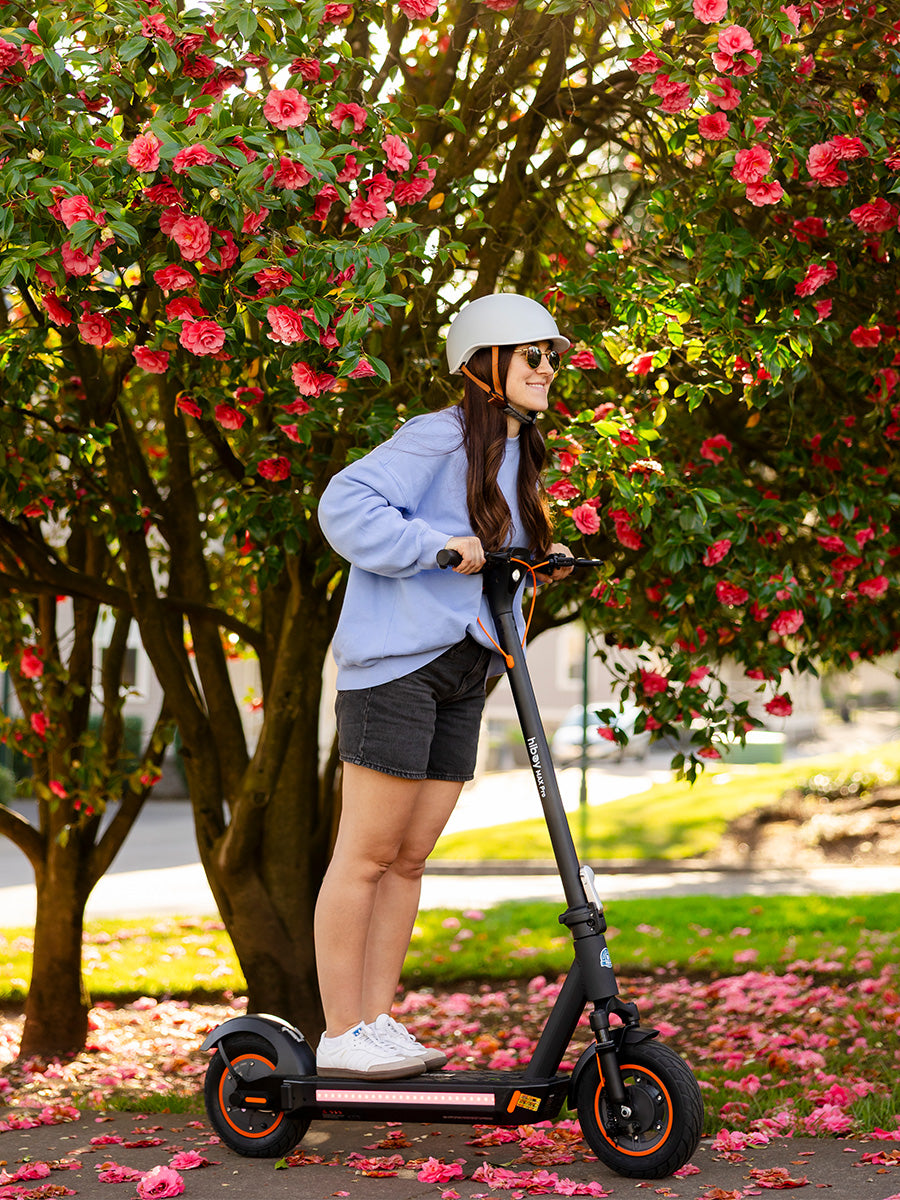


 EX6
EX6
 P6
P6
 C1
C1
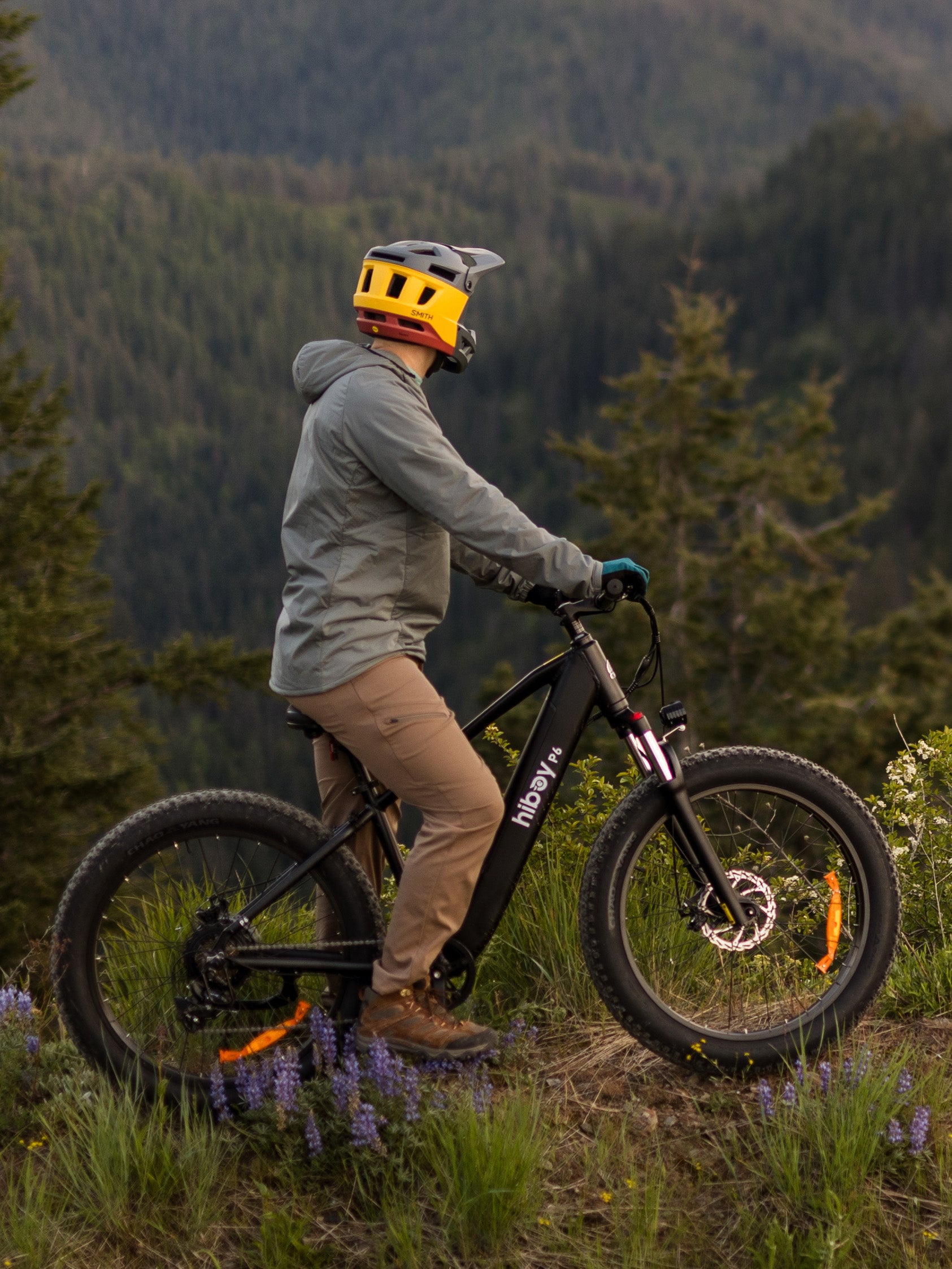
 S2 Lite
S2 Lite
 DK1
DK1
 BK1
BK1

 Q2 Lite-A
Q2 Lite-A
 ES-1
ES-1
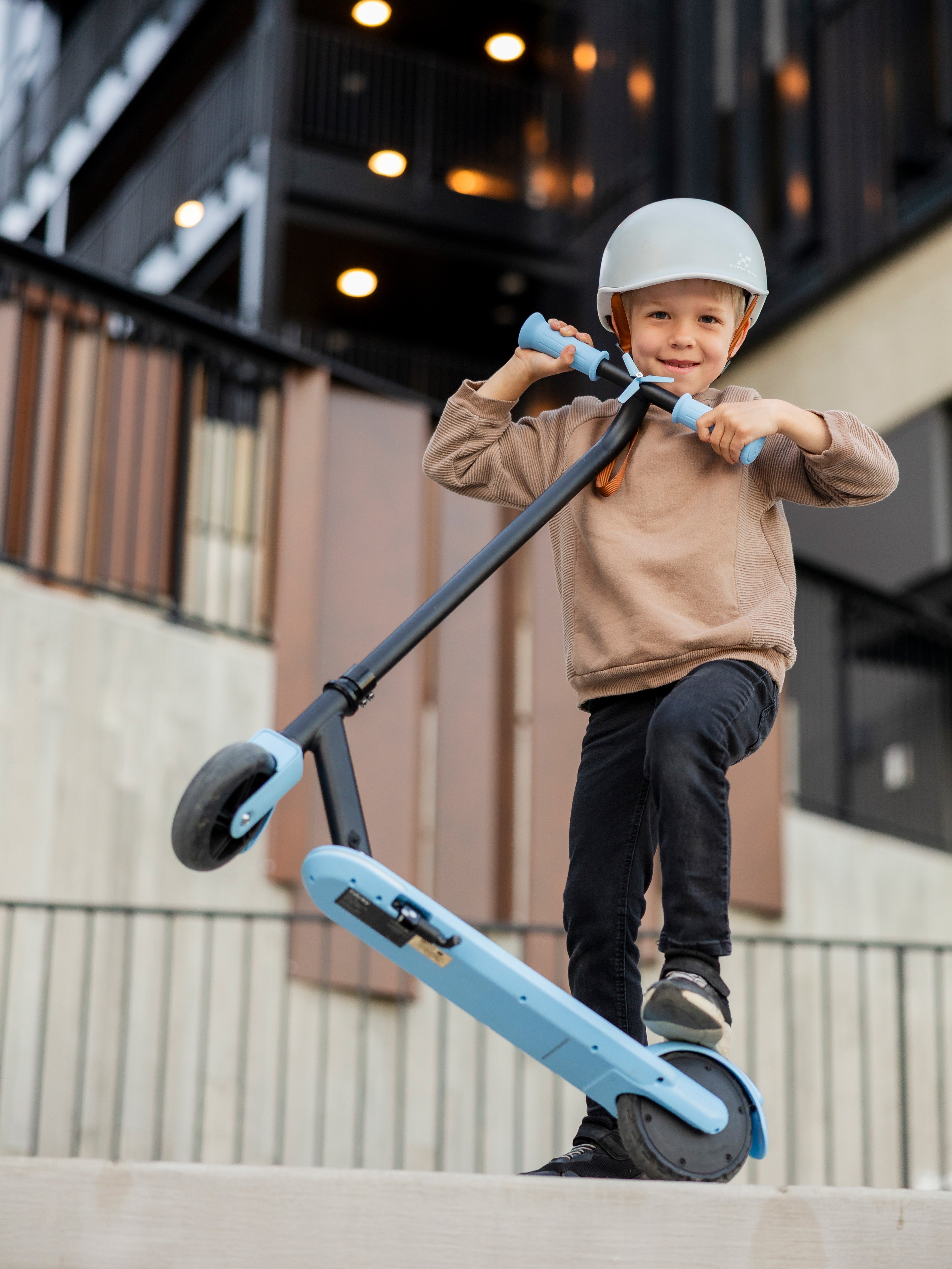

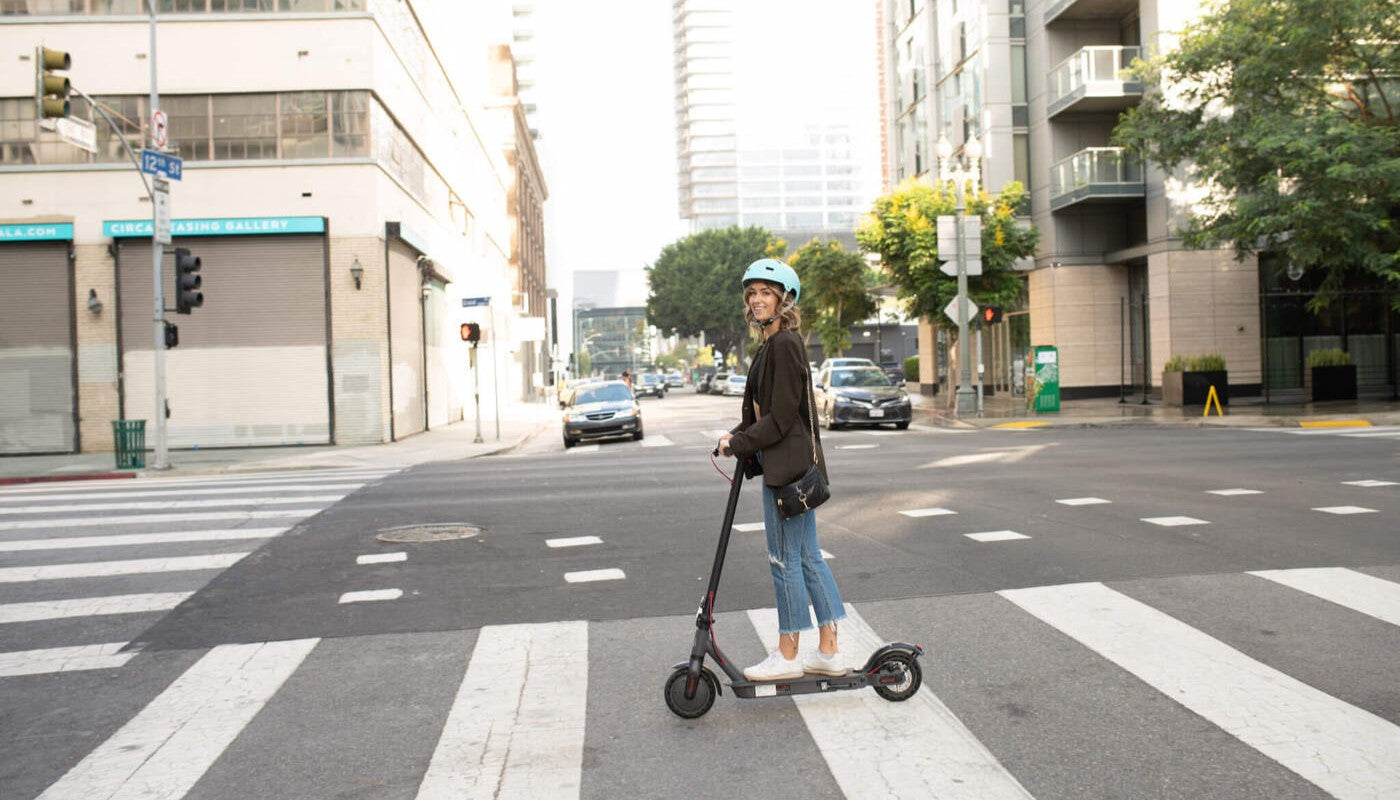
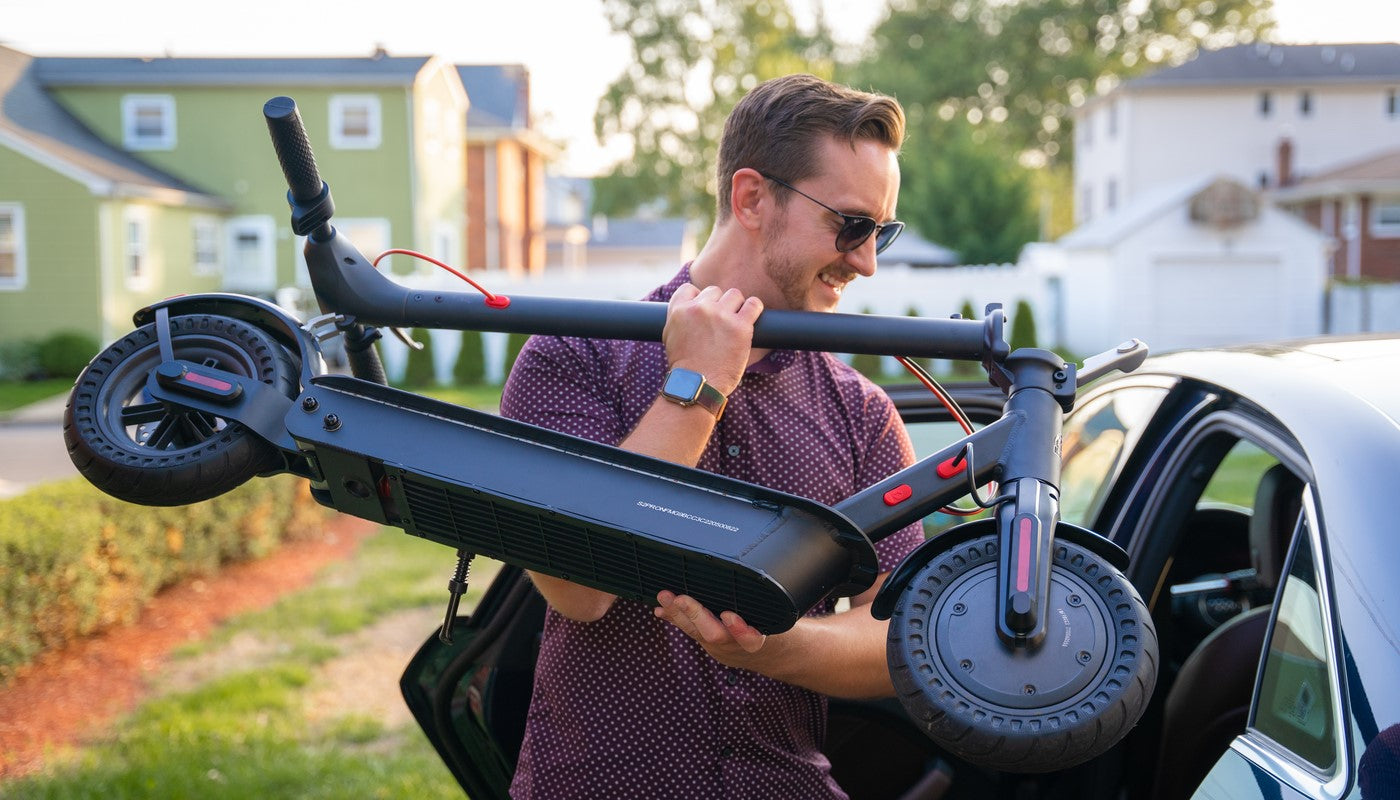






Leave a comment
All comments are moderated before being published.
This site is protected by hCaptcha and the hCaptcha Privacy Policy and Terms of Service apply.